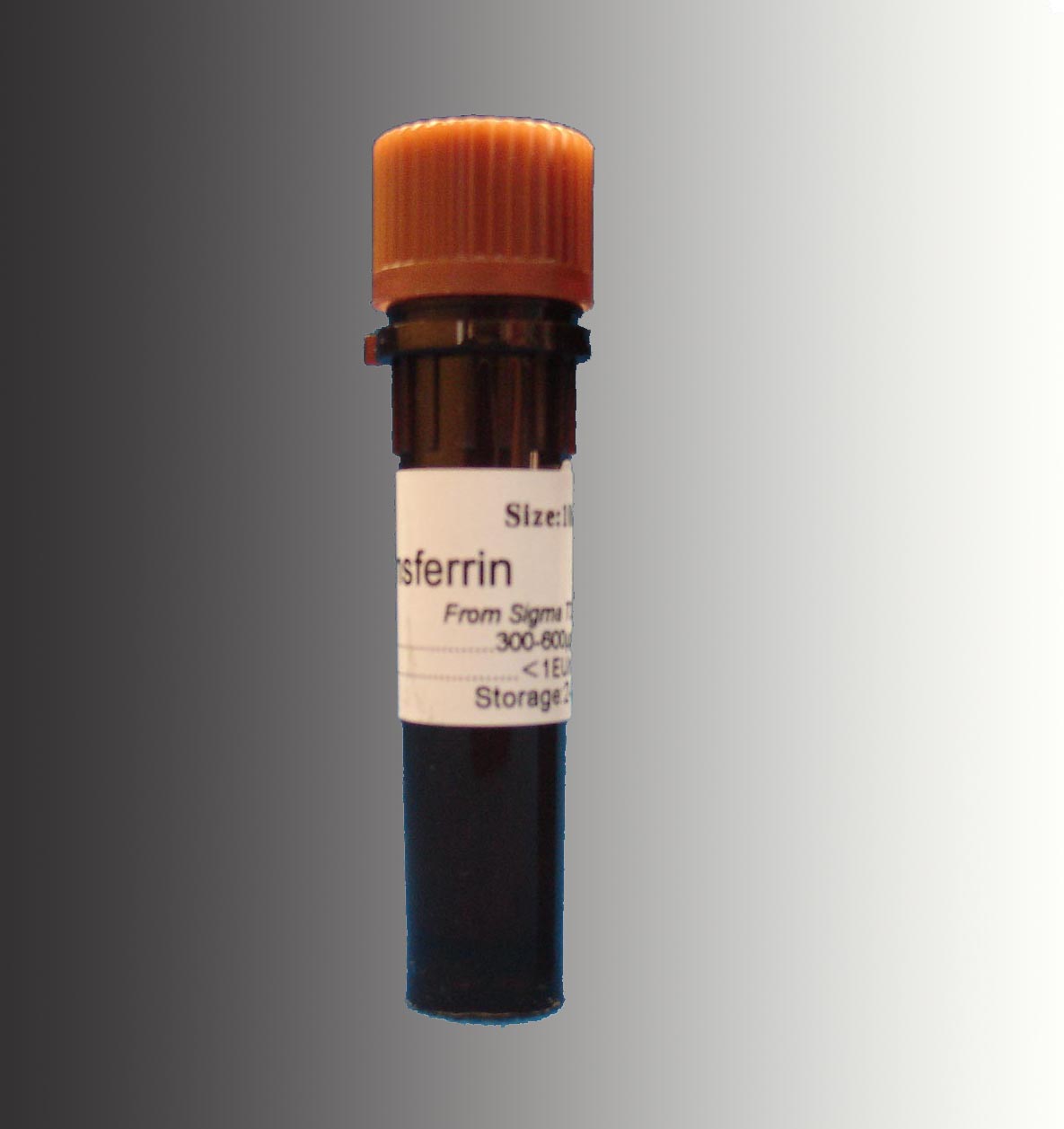pRetro-on
pRetro-on
编号 | 载体名称 |
北京华越洋VECT76552 | pRetro-on |
pRetro-on载体基本信息:
质粒类型: | 逆转录病毒载体 |
克隆方法: | 多克隆位点,限制性内切酶 |
pRetro-on载体简介:
pRetro-On is a Moloney murine leukemia virus (MoMuLV)-derived retroviral vector expressing the reverse tetracycline-controlled transactivator (rtTA) from the SV40 promoter. rtTA is a fusion of amino acids 1-207 of the tet repressor (rTetR) and the negatively charged C-terminal activation domain (130 amino acids) of the VP16 protein of herpes simplex virus. The tet-responsive element (TRE) controls expression of the gene of interest cloned into the MCS. With the pRetro-On Vector, rtTA binds the TRE and activates transcription in the presence of the Tc derivative doxycycline (Dox). As Dox is removed from the culture medium, transcription from the TRE is turned off in a highly dose-dependent manner. rtTA and TRE are derived from vectors described previously. The 5' viral LTR controls expression of the transcript that contains Psi+ (the extended viral packaging signal), and the puromycin resistance (Puror) gene for antibiotic selection in mammalian cells. It is not necessary to include a polyadenylation signal in the sequence cloned into the MCS. pRetro-On also includes the E. coli Ampr gene for antibiotic selection in E. coli. pRetro-On can be distinguished from pRetro-Off by digestion with Hind III and BamH I. (pRetro-Off should produce fragments of 1.2 and 5.8 kb, whereas pRetro-On should produce fragments of 0.9 and 5.9 kb.) pRetro-On can be transfected into a high titer packaging cell line and thereby mediate production of infectious, replication-incompetent retroviral particles. The pRetro-On retroviral genome lacks the viral genes gag, pol, and env, which are supplied by the packaging cell line. The transcript produced by the pRetro-On construct is recognized by the viral structural proteins expressed in a packaging cell line and packaged into infectious retroviral particles. Because the RNA transcript packaged in these particles does not contain the viral genes, it cannot replicate in the target cells that it infects. The level of induction in cell populations infected with this vector depends on the efficiency of infection and on the titer of the virus. Viral supernatants with titers >105 cfu/ml should be produced to achieve high-level induction.
pRetro-on载体相关的逆转录病毒载体:


